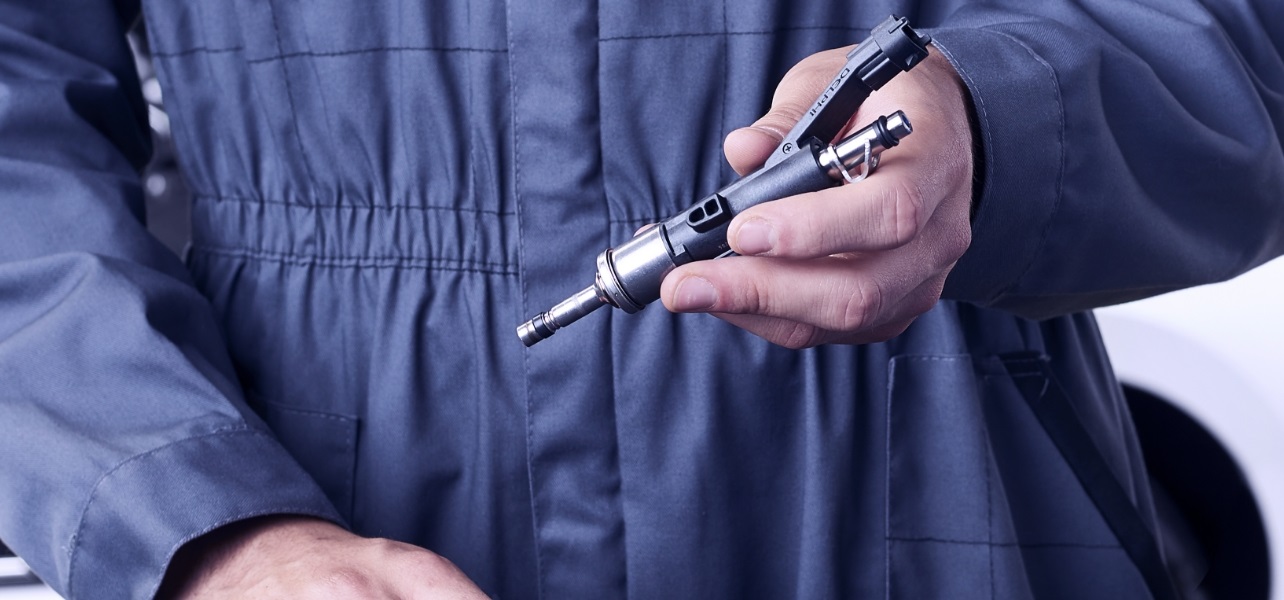Resource Highlights
How do NOx sensors work?
The NOx sensor is a component inside the modern combustion engine that performs a vital role in emissions monitoring and car performance. Discover how NOx sensors work with this guide from the experts at Delphi.

What are NOx sensors?
An Oxides of Nitrogen sensor (NOx sensor) is a device designed to monitor the output of oxides of nitrogen within diesel engines, so they can adhere to emission regulations. NOx sensors are part of the NOx reduction system installed inside diesel vehicles, measuring the amount of nitrogen oxide being emitted from the engine.
Find out more about NOx sensors with our guide.
How does a NOx sensor work?
The NOx sensor feeds into the selective catalytic reduction (SCR) system, which alters the chemical makeup of harmful emissions to reduce the amount of NOx going out.
- The sensor is installed in the exhaust gas system.
- It monitors the flow of exhaust emissions to detect the amount of nitrogen oxides passing through. The sensor is composed of a Nernst cell with current flowing through, which corrects the air/fuel ratio to λ=1, and a second cell (usually ceramic with a layer of rhodium), which breaks down the nitrogen oxides into nitrogen and oxygen.
- The NOx controller – usually positioned close to the NOx sensor – calculates the level of oxides of nitrogen present in the exhaust gas and sends the data to the SCR controller.
- The SCR controller acts accordingly – adjusting the amount of diesel exhaust fluid injected into SCR catalyst and which turns excess NOx into water and nitrogen – much safer for the environment.
Do NOx sensors need programming?
If there is an issue with a car’s NOx sensors for whatever reason, it’s likely to cause the engine management light to switch on. The car in question may be getting error codes relating to the NOx sensor – you can reset NOx sensor error codes from the diagnostic scanner.
Why are NOx sensors important?
NOx sensors are an important part of a vehicle’s engine, both for performance and environmental reasons.
If the NOx sensor stops functioning properly, it may send a warning to the onboard computer, causing it to trigger ‘Limp Home Mode’ – in which case you should be able to detect what went wrong using the OBD system.
They are also important in the ongoing drive for cleaner vehicles – helping to reduce the amount of harmful oxides of nitrogen being released into the air.
Environmental regulations in force around the world are focusing more closely on reducing NOx emissions.
- According to a government report, emissions from transport on the UK’s roads fell 69% between 2005 and 2021 since newer vehicles performed better to reduce harmful emissions.
- Current EU regulations called the Euro 6 stipulates a limit of 80mg/km NOx emissions from new diesel passenger vehicles. That’s down from 180mg/km when Euro 5 was introduced.
Therefore, having oxides of nitrogen sensors in cars is an essential contribution to meeting these minimum guidelines – and a step towards reducing them even further in future.
Are NOx sensors fitted to all cars?
NOx sensors are fitted to most road vehicles, both diesel and petrol. For diesel cars and trucks the NOx sensor is a vital addition within the SCR system – it is the only way to ensure your car is emitting levels of oxides of nitrogen within regulated limits.
How can you tell if a NOx sensor is faulty?
The best way to detect a faulty NOx sensor is to use the OBD system. Depending on the make and model of the car, a dedicated error code could be traced back to a number of issues, one of which is a faulty NOx sensor.
Common symptoms of a faulty NOx sensor that affect cars’ performance include:
- Engine warning light. The check engine light going on is a sure sign that something needs to be addressed. It can occur when an electronics component fails – such as the NOx sensor.
- Engine limp mode or non-start status. The vehicle may enter ‘limp mode’ during a journey, triggered by the on-board computer, or the engine may not start.
- Increased NOx emissions. Without the sensor able to detect any issues, the vehicle may increase emission of oxides of nitrogen.
Faulty sensor diagnostic codes
An Onboard Diagnostic system may log a P2202 code for issues related to the NOx sensor placed in Bank 1 – where the number one cylinder is located. In Bank 2, it may be a P2213.
Codes ranging from P2200 to P2225 are most often related to a fault detected with the NOx sensor.
What should you do if a sensor is faulty?
If the OBD system shows an issue with the nitrogen oxide sensor, there are two potential courses of action.
- Repair the sensor. In case the part is defective, it may be possible to repair the sensor.
- Replace the sensor. If cleaning does not work and you are unable to fix the fault, a full replacement may be needed.
To ensure a vehicle is running at its highest potential, a NOx sensor replacement would be the recommended course of action – giving a vehicle a new lease of life.
SIGN UP TO FIND MORE
Fill up your details to hear more from our experts and get the latest updates from Delphi.



